Home>Furniture & Design>Interior Design Trends>What Note Breaks Glass
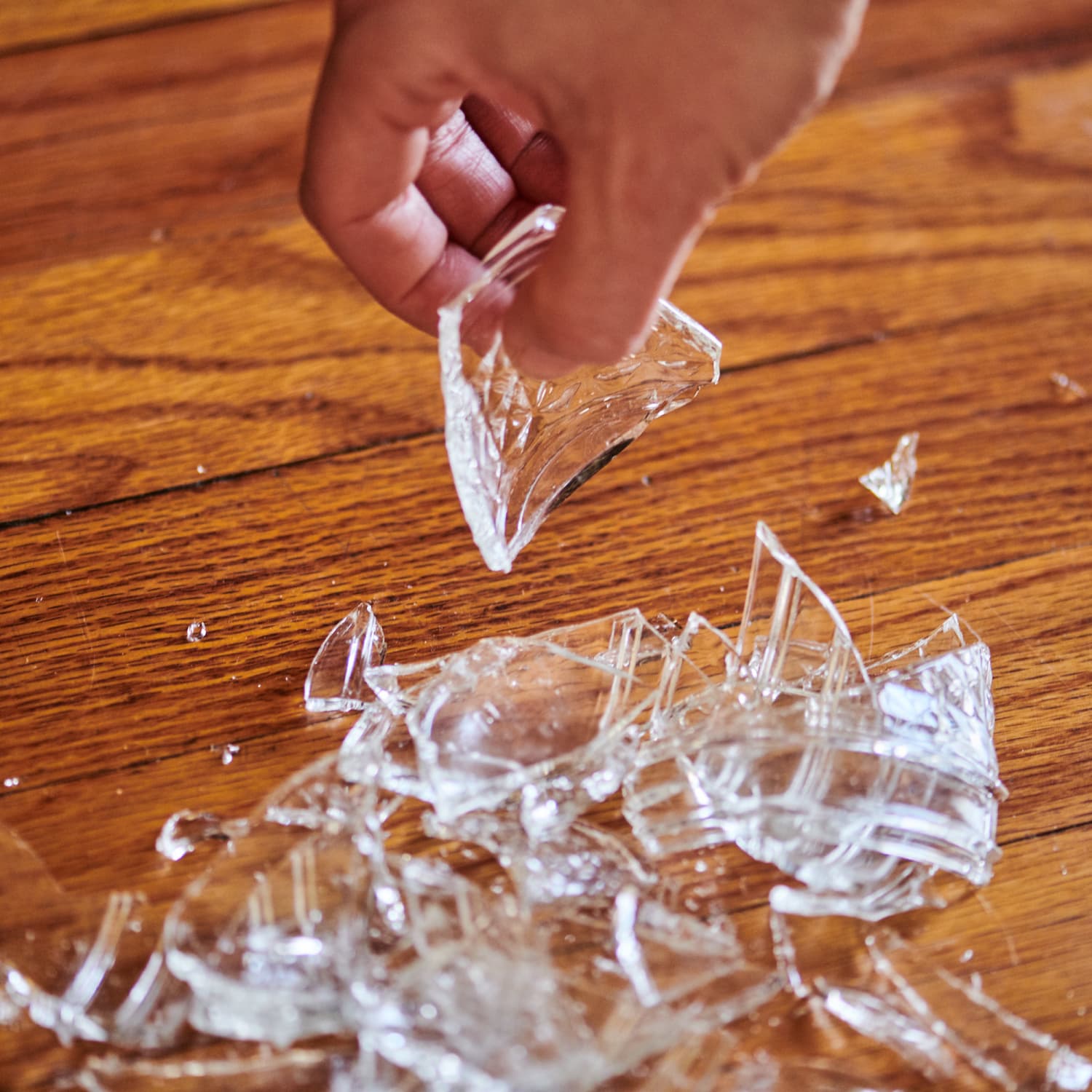

Interior Design Trends
What Note Breaks Glass
Modified: February 18, 2024
Discover the interior design trends and find out what note breaks glass. Stay updated with the latest trends in interior design.
(Many of the links in this article redirect to a specific reviewed product. Your purchase of these products through affiliate links helps to generate commission for Storables.com, at no extra cost. Learn more)
Introduction
The ability of sound to shatter glass has long been a captivating phenomenon that has intrigued scientists, musicians, and curious minds alike. This intriguing concept has been popularized in various forms of media, from movies to urban legends, sparking wonder and fascination. The notion that a specific note or frequency has the potential to break glass seems almost magical, yet it is firmly rooted in the principles of physics and acoustics.
The allure of this phenomenon lies in its seemingly paradoxical nature. Sound, typically perceived as a gentle and intangible force, can, under the right circumstances, exert a powerful influence on solid objects. The idea of a resonant frequency capable of causing a glass pane to shatter evokes a sense of mystery and wonder, prompting individuals to delve into the science behind this captivating occurrence.
As we embark on this exploration, it is essential to approach the topic with a blend of scientific curiosity and a sense of wonder. By unraveling the intricacies of sound waves and their interaction with glass, we can gain a deeper understanding of the underlying principles that govern this mesmerizing phenomenon. Through this journey, we will uncover the factors that contribute to the shattering of glass by sound, shedding light on the scientific principles that underpin this captivating occurrence.
Join us as we delve into the captivating world of acoustics and physics, unraveling the enigmatic relationship between sound and glass. Through this exploration, we aim to demystify the phenomenon of sound-induced glass shattering, offering insights into the scientific mechanisms that govern this captivating occurrence.
Key Takeaways:
- Glass can shatter from specific sound frequencies due to resonance, amplifying vibrations. Factors like intensity, glass properties, and environment influence this captivating phenomenon.
- Safety is crucial when experimenting with breaking glass using sound. Protective gear, secure environment, and professional supervision ensure a secure and responsible exploration.
Read more: What Breaks Bulletproof Glass
The Science Behind Breaking Glass with Sound
The mesmerizing ability of sound to shatter glass is rooted in the fundamental principles of physics and acoustics. At the core of this captivating phenomenon lies the concept of resonance, a fundamental property of vibrating systems. When a vibrating object, such as a glass pane, is subjected to an external force at its resonant frequency, the amplitude of its vibrations amplifies, leading to a buildup of energy within the material. This phenomenon, known as resonance, can result in the amplification of oscillations within the glass, ultimately leading to its fracture.
The process of breaking glass with sound begins with the emission of sound waves, which are composed of alternating high and low-pressure regions. When these sound waves encounter a glass surface, they impart mechanical vibrations to the material, causing it to oscillate at the frequency of the sound waves. If the frequency of the sound matches the resonant frequency of the glass pane, the amplitude of the vibrations increases, leading to a buildup of energy within the material.
The resonant frequency of an object is determined by its physical properties, including its size, shape, and material composition. When the frequency of the sound waves aligns with the resonant frequency of the glass, the amplitude of the vibrations reaches a critical point, causing the material to exceed its elastic limits and ultimately fracture. This phenomenon illustrates the profound influence of sound waves on solid objects, highlighting the intricate interplay between acoustic energy and material properties.
Furthermore, the process of breaking glass with sound underscores the significance of understanding the mechanical properties of materials. Glass, characterized by its brittle nature, is particularly susceptible to the effects of resonance-induced vibrations. The amplification of oscillations within the glass, driven by the resonant frequency of the sound waves, culminates in the material's fracture, showcasing the profound influence of acoustic energy on solid structures.
In essence, the science behind breaking glass with sound underscores the intricate relationship between sound waves and material properties. By delving into the principles of resonance and mechanical vibrations, we gain a deeper appreciation for the captivating phenomenon of sound-induced glass shattering, unveiling the profound influence of acoustics on the behavior of solid objects.
Factors Affecting the Ability of Sound to Break Glass
The ability of sound to break glass is influenced by a myriad of factors that collectively determine the likelihood of inducing fracture in a glass pane. Understanding these factors is crucial in unraveling the complexities of this captivating phenomenon. Here are the key elements that play a pivotal role in determining the ability of sound to break glass:
-
Resonant Frequency of the Glass: The resonant frequency of a glass pane, which is determined by its physical properties such as thickness, size, and material composition, represents a critical factor in its susceptibility to sound-induced fracture. When the frequency of the sound waves aligns with the resonant frequency of the glass, the amplification of vibrations within the material increases, leading to a heightened likelihood of fracture.
-
Intensity and Duration of Sound Waves: The intensity and duration of the sound waves exert a significant influence on the potential for glass shattering. Higher intensity sound waves can impart greater mechanical vibrations to the glass, amplifying the oscillations within the material and increasing the likelihood of fracture. Additionally, prolonged exposure to sound waves at the resonant frequency of the glass can further enhance the buildup of energy within the material, potentially leading to fracture.
-
Material Properties of the Glass: The material composition of the glass, including its density and structural integrity, significantly impacts its susceptibility to sound-induced fracture. Brittle materials, such as certain types of glass, are particularly prone to the effects of resonance-induced vibrations, making them more likely to fracture when subjected to sound waves at their resonant frequency.
-
Environmental Conditions: Environmental factors, such as temperature and humidity, can influence the ability of sound to break glass. Variations in temperature can affect the structural integrity of the glass, potentially altering its resonant frequency and susceptibility to fracture. Moreover, changes in humidity levels can impact the damping properties of the glass, influencing its response to sound-induced vibrations.
-
Quality and Uniformity of the Glass: The quality and uniformity of the glass play a crucial role in determining its response to sound-induced vibrations. Irregularities or imperfections in the glass, such as micro-fractures or structural inconsistencies, can alter its resonant frequency and mechanical behavior, potentially affecting its susceptibility to fracture when exposed to sound waves.
By considering these factors, we gain a comprehensive understanding of the intricate interplay between sound waves and the structural properties of glass. The collective influence of these elements underscores the multifaceted nature of the phenomenon, shedding light on the diverse factors that contribute to the ability of sound to break glass.
Certain frequencies of sound can cause glass to vibrate and eventually break. The most common note to break glass is around 556 Hz, which is a high C on the musical scale.
Examples of Sound Frequencies that Can Break Glass
The phenomenon of sound-induced glass shattering is intricately linked to the concept of resonant frequencies, where specific sound frequencies can elicit pronounced mechanical vibrations within glass, potentially leading to fracture. While the notion of a single, universally effective frequency for breaking glass is a popular trope in media and folklore, the reality is more nuanced, with multiple frequencies demonstrating the potential to induce glass shattering under the right conditions.
One of the most renowned examples of a sound frequency capable of breaking glass is the operatic soprano's vocal prowess. Renowned sopranos possess the ability to produce high-pitched notes with exceptional clarity and intensity, often reaching frequencies that align with the resonant frequency of glass. This alignment of frequencies can lead to the amplification of vibrations within the glass, ultimately culminating in its fracture. The mesmerizing ability of a soprano's voice to shatter glass exemplifies the profound influence of sound waves at specific frequencies on the mechanical behavior of glass.
In addition to vocal performances, certain musical instruments, such as the violin, have been known to elicit frequencies that align with the resonant frequency of glass. The phenomenon of a violinist playing a sustained high-pitched note, causing a glass to shatter, has been documented in various instances, showcasing the potential of musical instruments to induce glass shattering through the generation of specific sound frequencies. The harmonious interplay between the resonant frequency of the glass and the emitted sound waves underscores the captivating relationship between music and the mechanical properties of glass.
Furthermore, controlled experiments utilizing specialized equipment, such as high-powered audio speakers, have demonstrated the potential of specific sound frequencies to induce glass shattering. By precisely calibrating the frequency and intensity of sound waves emitted by these speakers, researchers have successfully shattered glass panes, providing empirical evidence of the influence of sound frequencies on the mechanical integrity of glass.
The diverse examples of sound frequencies capable of breaking glass underscore the multifaceted nature of this phenomenon, highlighting the potential of various sources, including human vocalization, musical instruments, and controlled experiments, to induce glass shattering through the generation of specific frequencies. These instances illuminate the captivating interplay between sound waves and the resonant properties of glass, offering compelling insights into the profound influence of acoustics on the mechanical behavior of solid materials.
Safety Considerations when Experimenting with Breaking Glass
When embarking on experiments involving the shattering of glass using sound, prioritizing safety is paramount to mitigate potential risks and ensure a secure environment for all individuals involved. The captivating nature of this phenomenon should be approached with a keen awareness of the potential hazards associated with working with glass and sound waves. Here are essential safety considerations to uphold when conducting experiments related to breaking glass with sound:
-
Protective Gear: Prior to initiating any experiments involving the shattering of glass, it is imperative to equip all individuals present with appropriate protective gear. This includes safety goggles to shield the eyes from potential glass fragments and ear protection to mitigate the effects of high-intensity sound waves.
-
Secure Environment: Conducting experiments in a controlled and secure environment is essential to minimize the risk of injury and ensure the safety of all participants. The designated area should be free from obstructions and equipped with safety barriers to contain any potential glass fragments resulting from the experiment.
-
Professional Supervision: When conducting experiments involving the shattering of glass with sound, the presence of a qualified professional, such as a physicist or acoustics expert, can provide valuable guidance and oversight. Their expertise can contribute to the implementation of safety protocols and the proper calibration of sound equipment.
-
Proper Handling of Glass: Prior to initiating the experiment, it is crucial to handle glass materials with care and attention to prevent accidental breakage. Utilizing appropriate tools and techniques for positioning and securing the glass can minimize the risk of unintended fractures during the setup phase.
-
Sound Wave Calibration: When working with sound equipment to induce glass shattering, meticulous calibration of sound wave frequencies and intensities is essential. This ensures that the experiment is conducted within safe parameters, mitigating the risk of excessive vibrations and potential structural damage to the surrounding environment.
-
Emergency Preparedness: Establishing clear emergency protocols and access to first-aid resources is imperative when conducting experiments involving glass and sound. In the event of unforeseen incidents, swift access to medical assistance and the presence of emergency response measures are vital to safeguard the well-being of all individuals involved.
By adhering to these safety considerations, researchers and enthusiasts can explore the captivating phenomenon of breaking glass with sound in a responsible and secure manner. Prioritizing safety not only mitigates potential risks but also fosters an environment conducive to scientific exploration and discovery.
Read more: What Frequency Breaks Glass
Conclusion
In conclusion, the enthralling phenomenon of breaking glass with sound transcends the realms of folklore and urban legends, delving into the profound interplay between acoustics, material properties, and the principles of resonance. Through our exploration, we have unraveled the captivating science behind this phenomenon, shedding light on the intricate mechanisms that govern the ability of sound to shatter glass.
The fundamental concept of resonance, underpinning the phenomenon of sound-induced glass shattering, underscores the profound influence of specific sound frequencies on the mechanical behavior of glass. By aligning with the resonant frequency of the glass, sound waves can amplify the material's vibrations, ultimately leading to fracture. This intricate interplay between sound energy and material properties highlights the captivating relationship between acoustics and the behavior of solid structures.
Moreover, our examination of the factors influencing the ability of sound to break glass has revealed the multifaceted nature of this phenomenon. From the resonant frequency of the glass to the intensity of sound waves and environmental conditions, a myriad of elements collectively contribute to the susceptibility of glass to sound-induced fracture. Understanding these factors provides a comprehensive perspective on the diverse variables that influence the captivating interplay between sound and glass.
Furthermore, our exploration of sound frequencies capable of breaking glass has showcased the remarkable potential of various sources, including human vocalization, musical instruments, and controlled experiments, to induce glass shattering through the generation of specific frequencies. These examples underscore the diverse manifestations of this phenomenon, highlighting the captivating influence of sound waves at resonant frequencies on the mechanical integrity of glass.
As we navigate the captivating realm of breaking glass with sound, it is essential to emphasize the paramount importance of safety when conducting experiments related to this phenomenon. Prioritizing protective gear, secure environments, professional supervision, and emergency preparedness fosters a responsible and secure approach to scientific exploration, ensuring the well-being of all individuals involved.
In essence, the phenomenon of breaking glass with sound serves as a testament to the captivating intersection of science, art, and material behavior. By unraveling the intricate science behind this phenomenon and embracing safety considerations, we can embark on a journey of scientific discovery while marveling at the mesmerizing influence of sound on the mechanical properties of glass.
Frequently Asked Questions about What Note Breaks Glass
Was this page helpful?
At Storables.com, we guarantee accurate and reliable information. Our content, validated by Expert Board Contributors, is crafted following stringent Editorial Policies. We're committed to providing you with well-researched, expert-backed insights for all your informational needs.
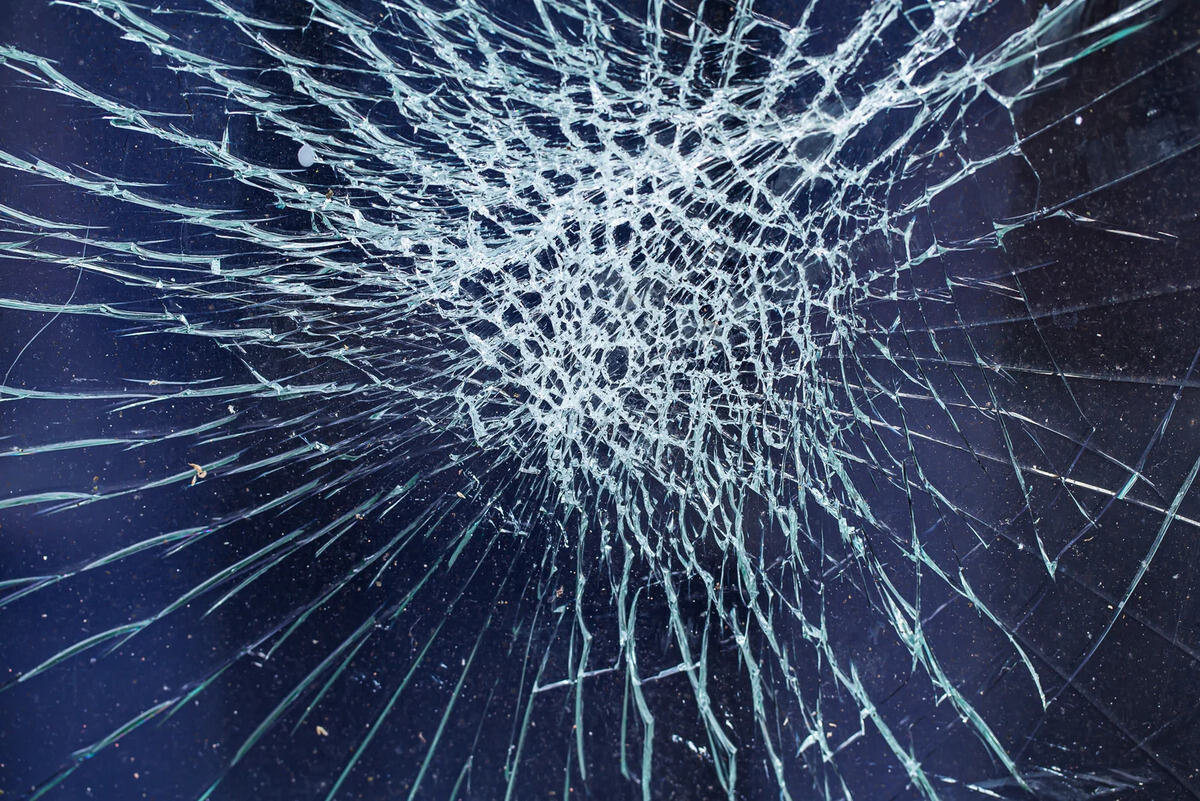
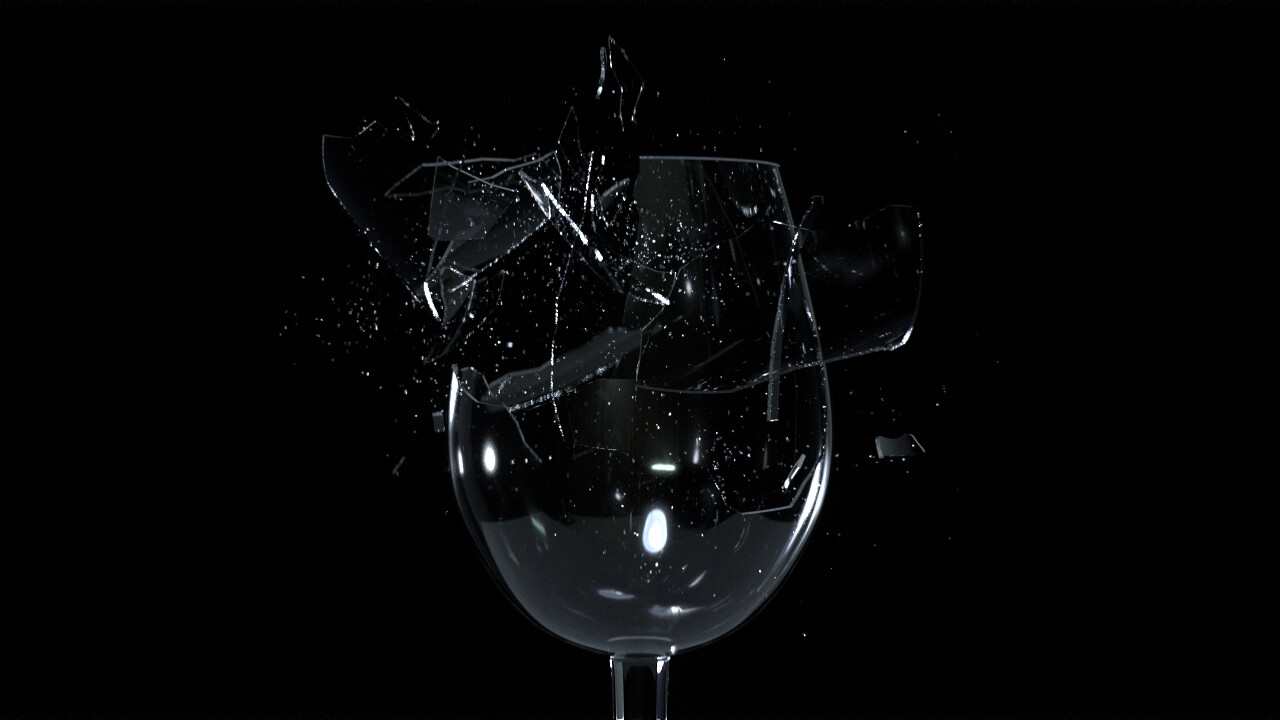
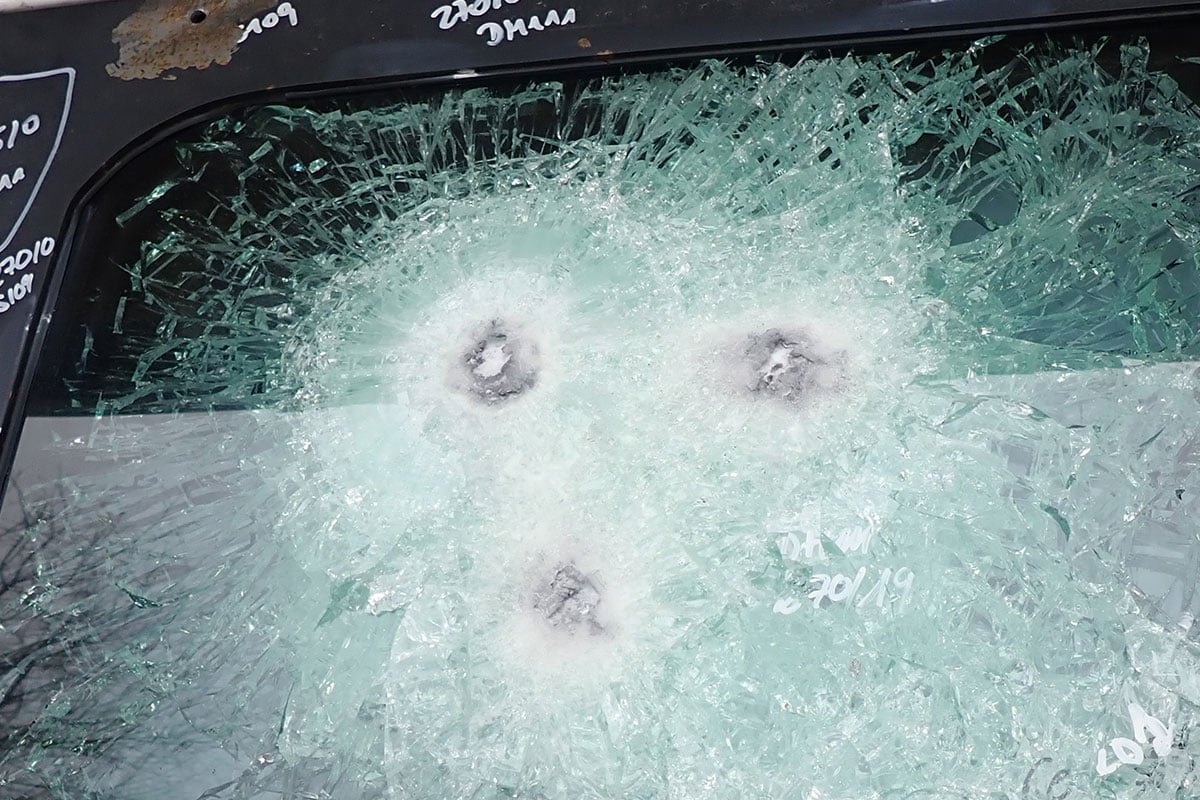
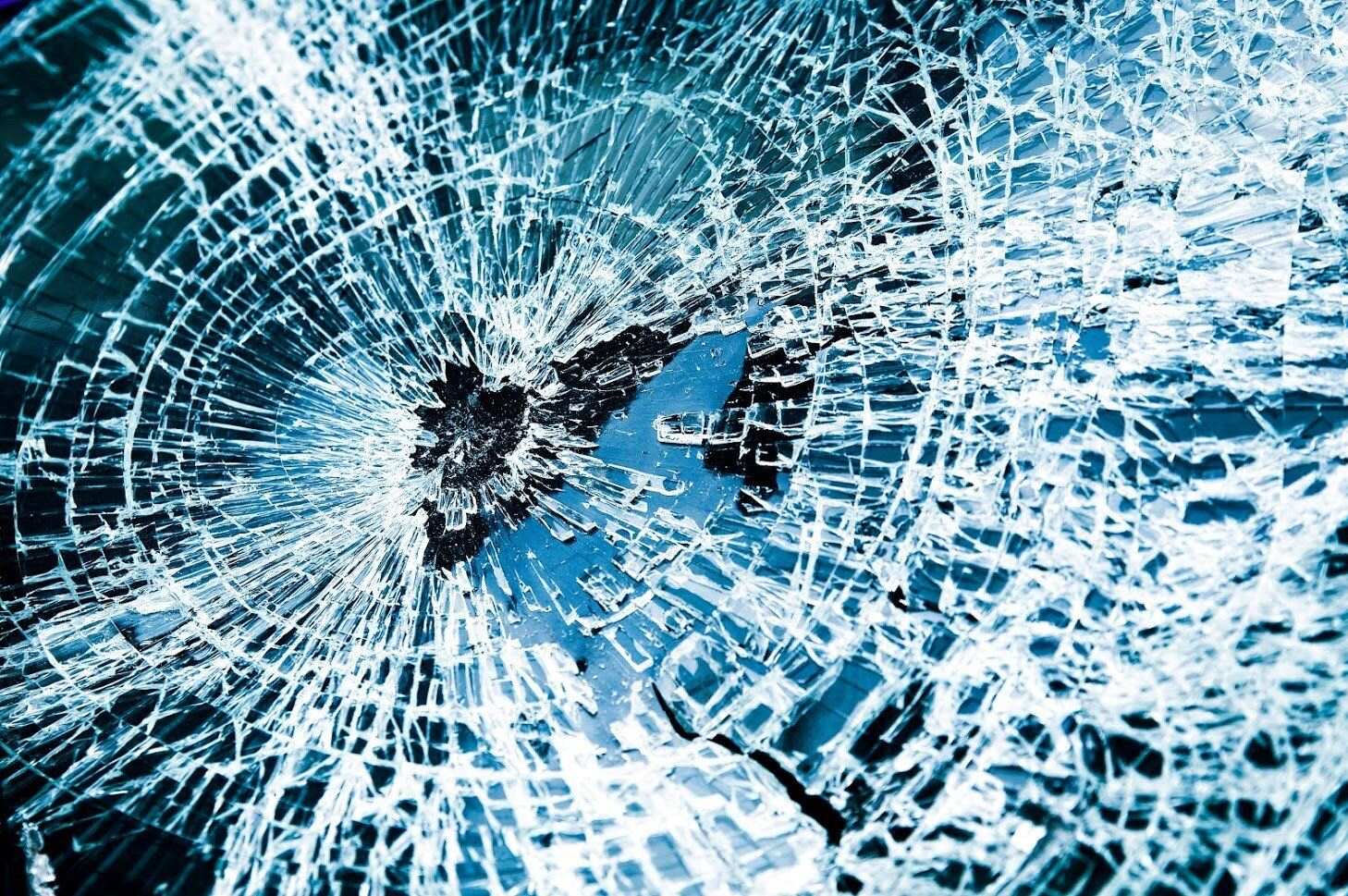
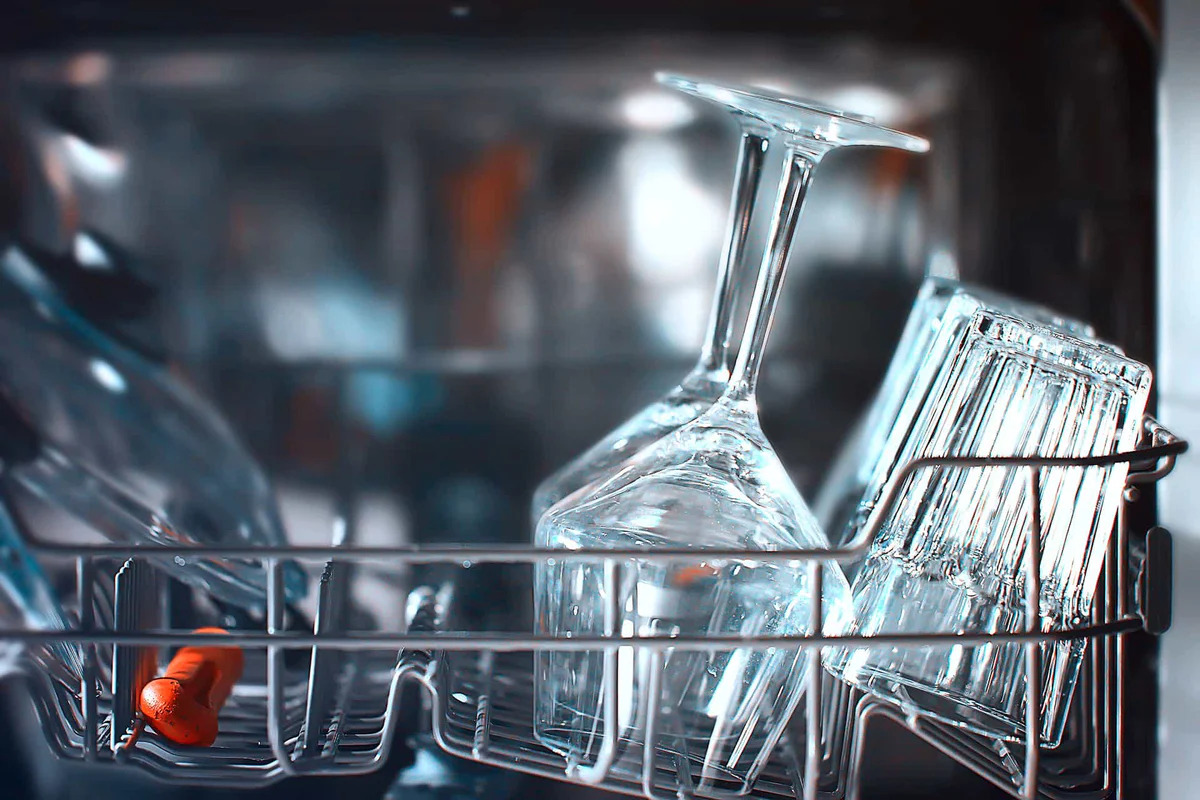
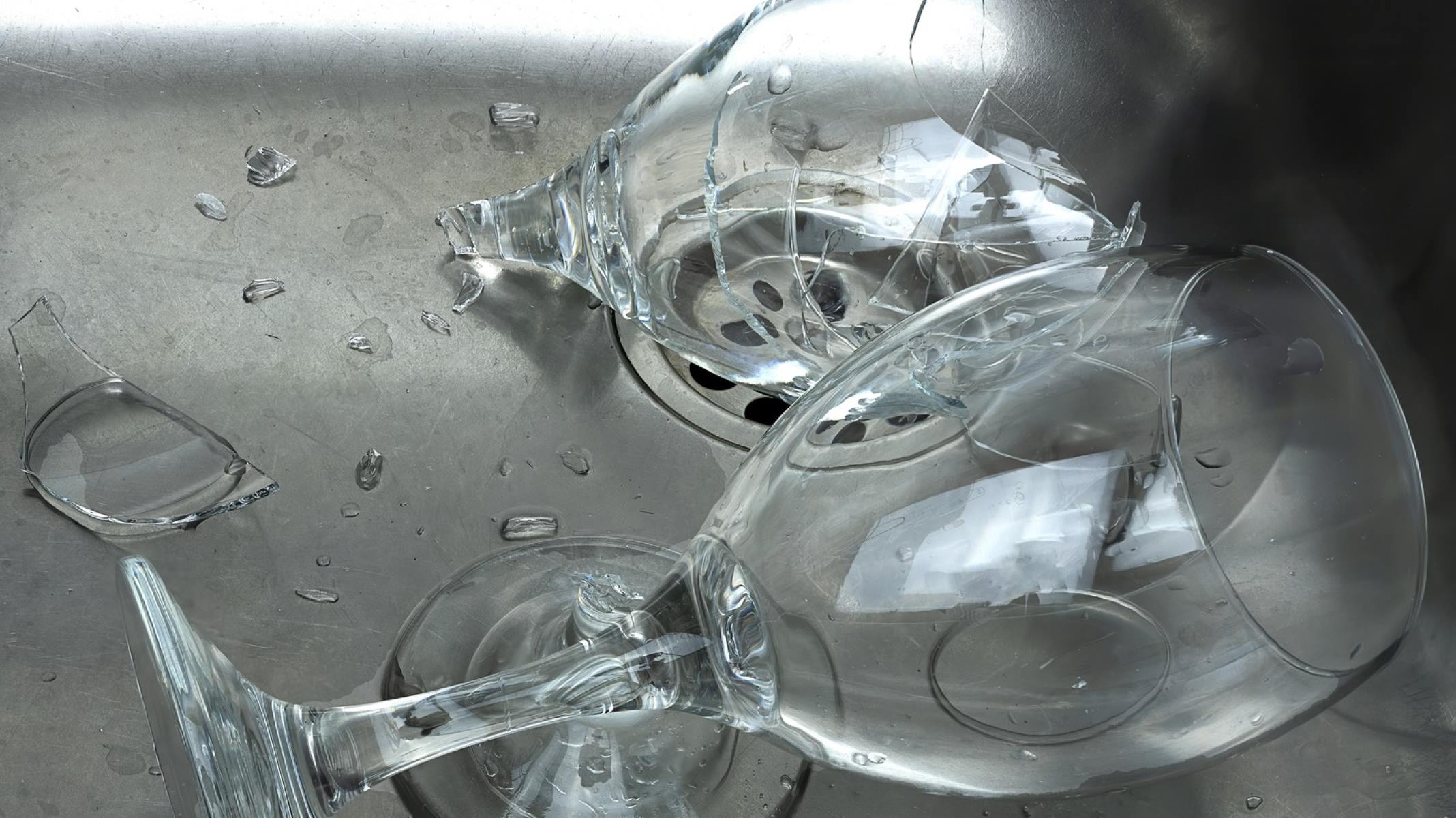

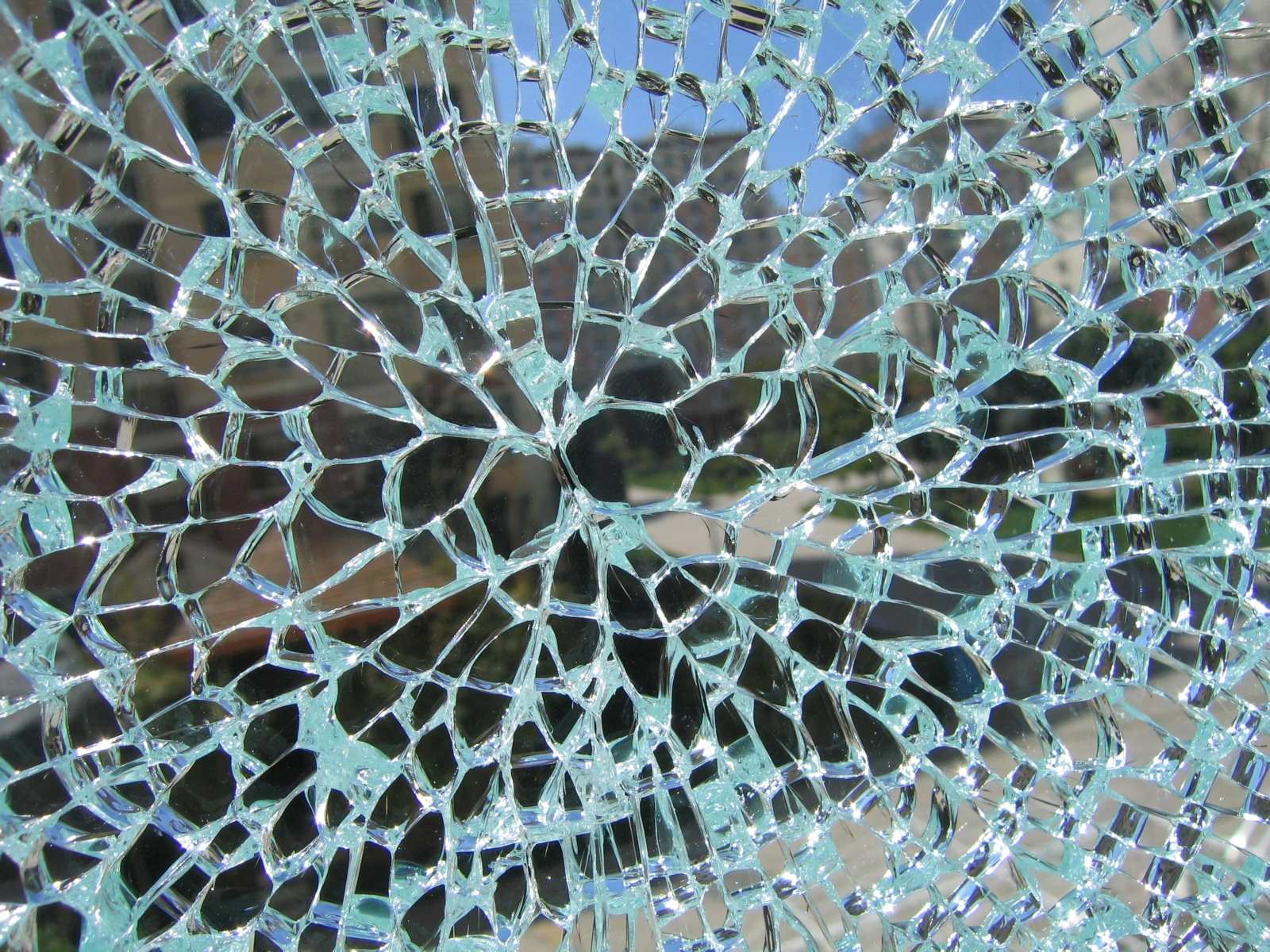
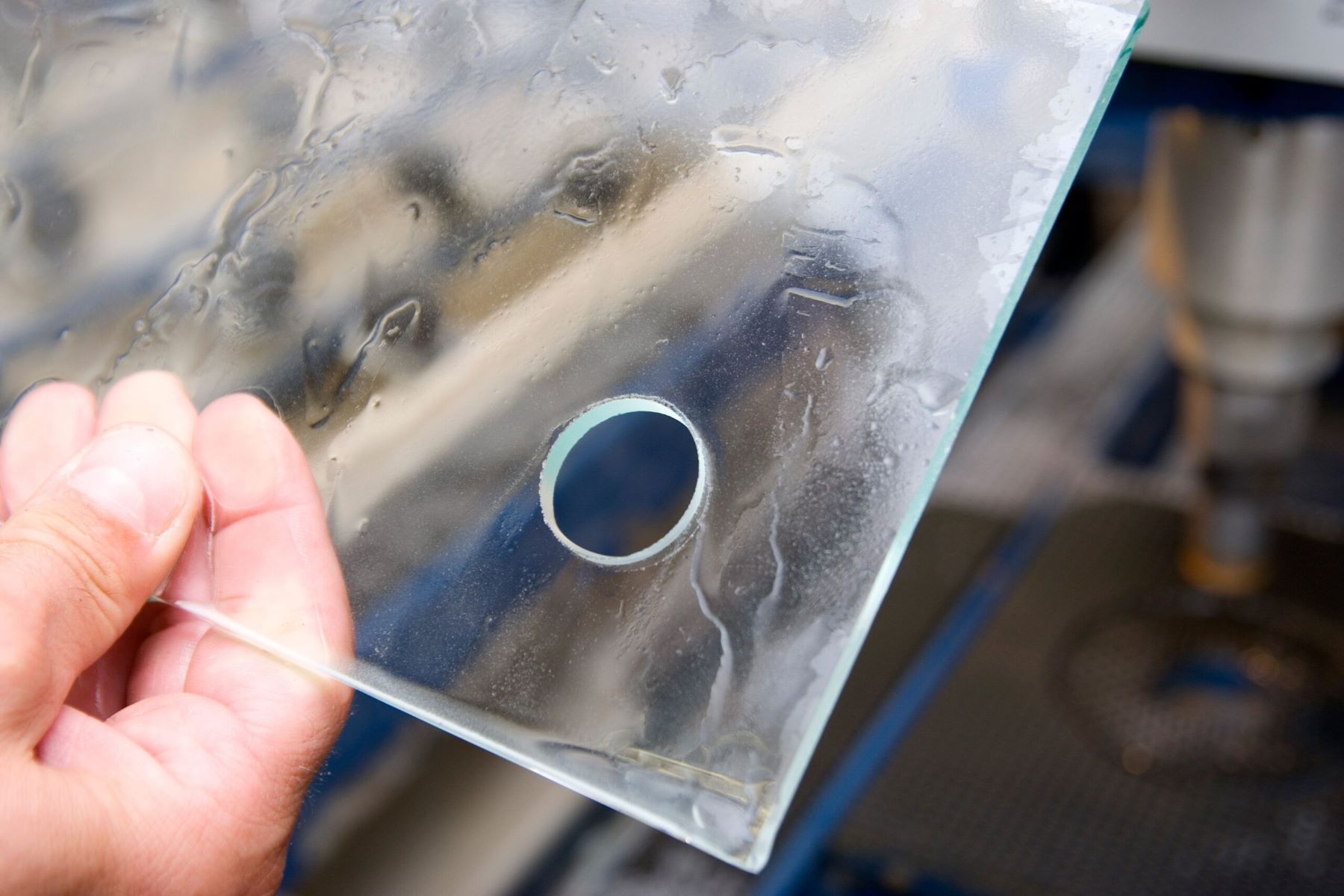
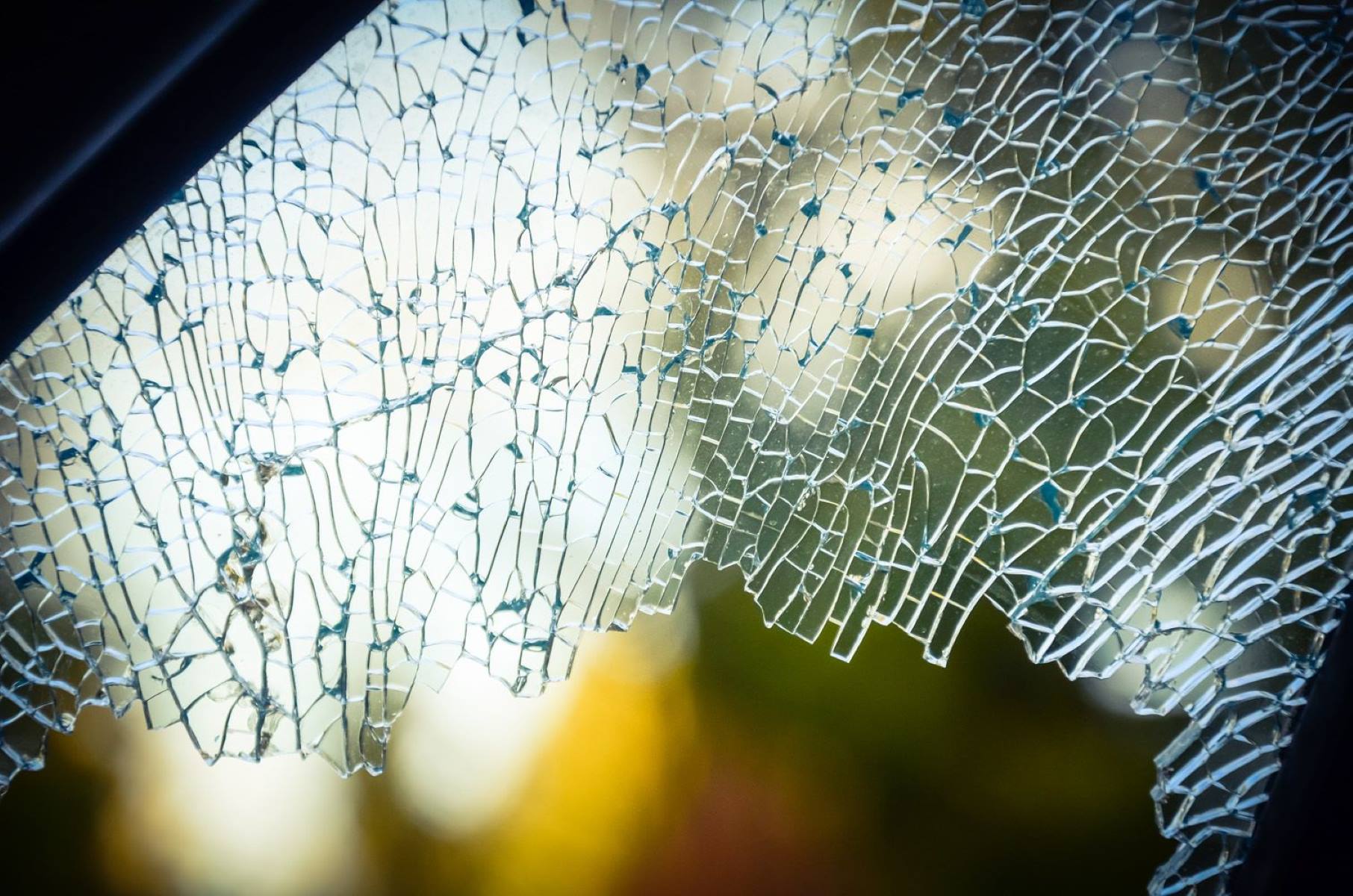
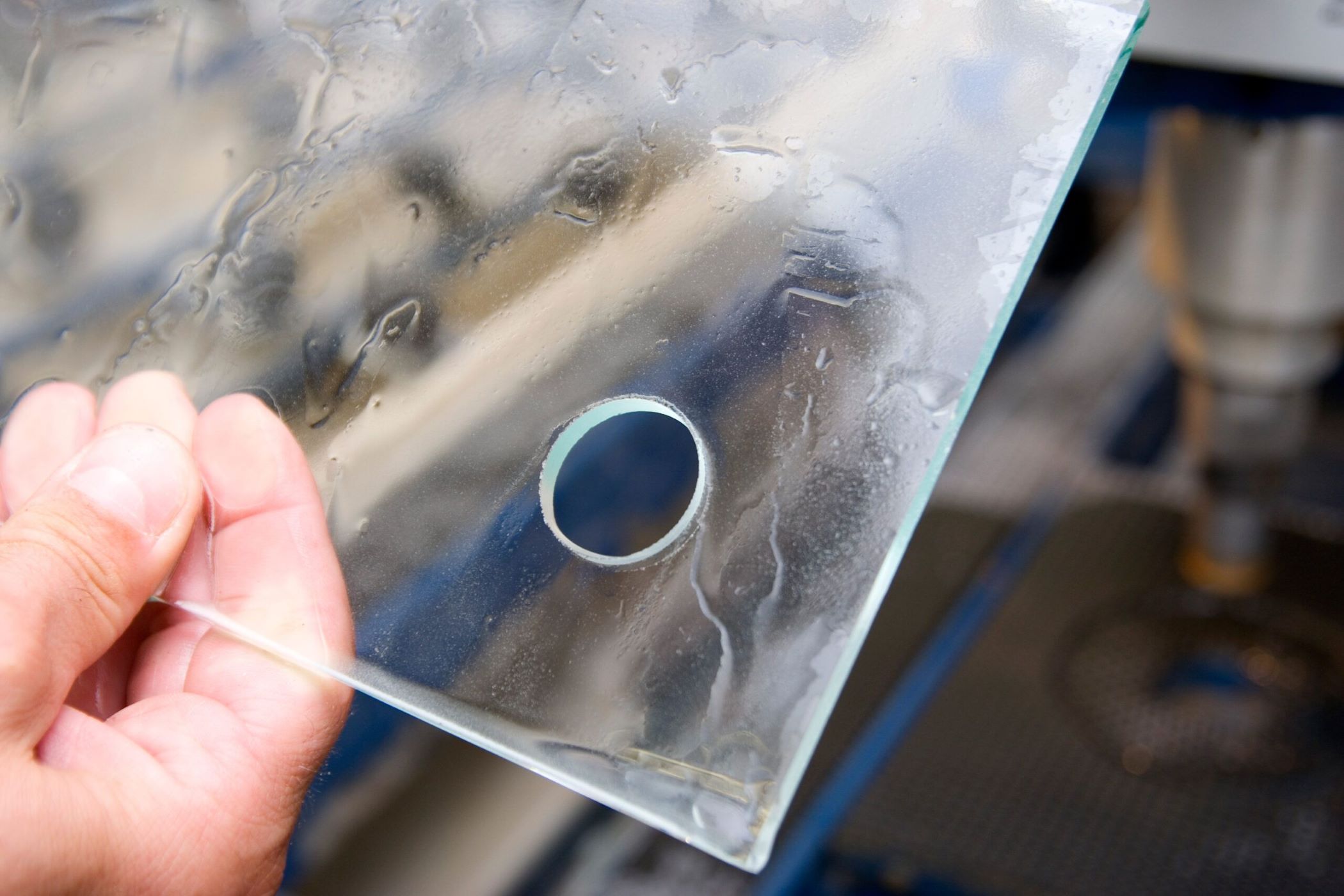
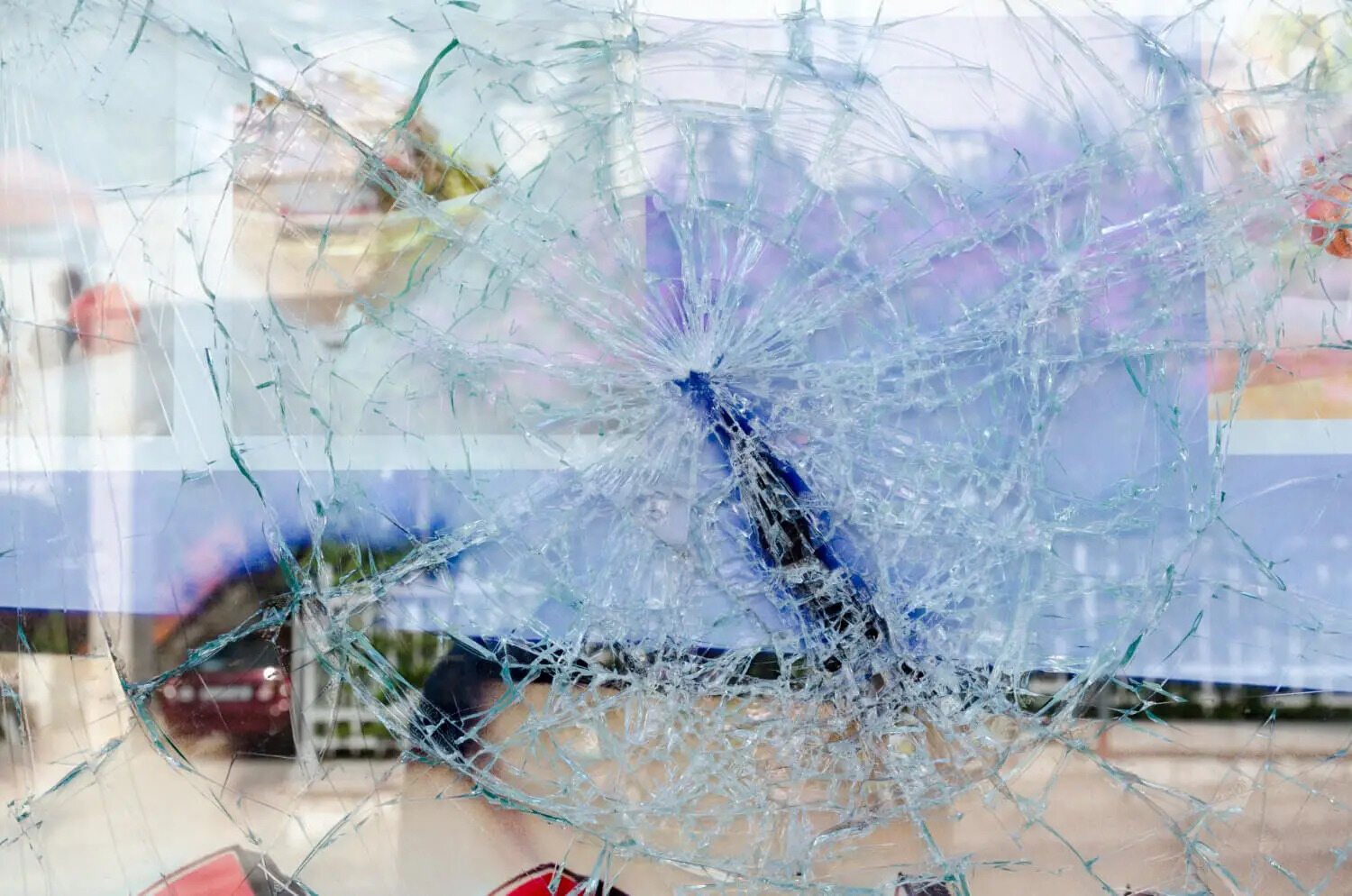
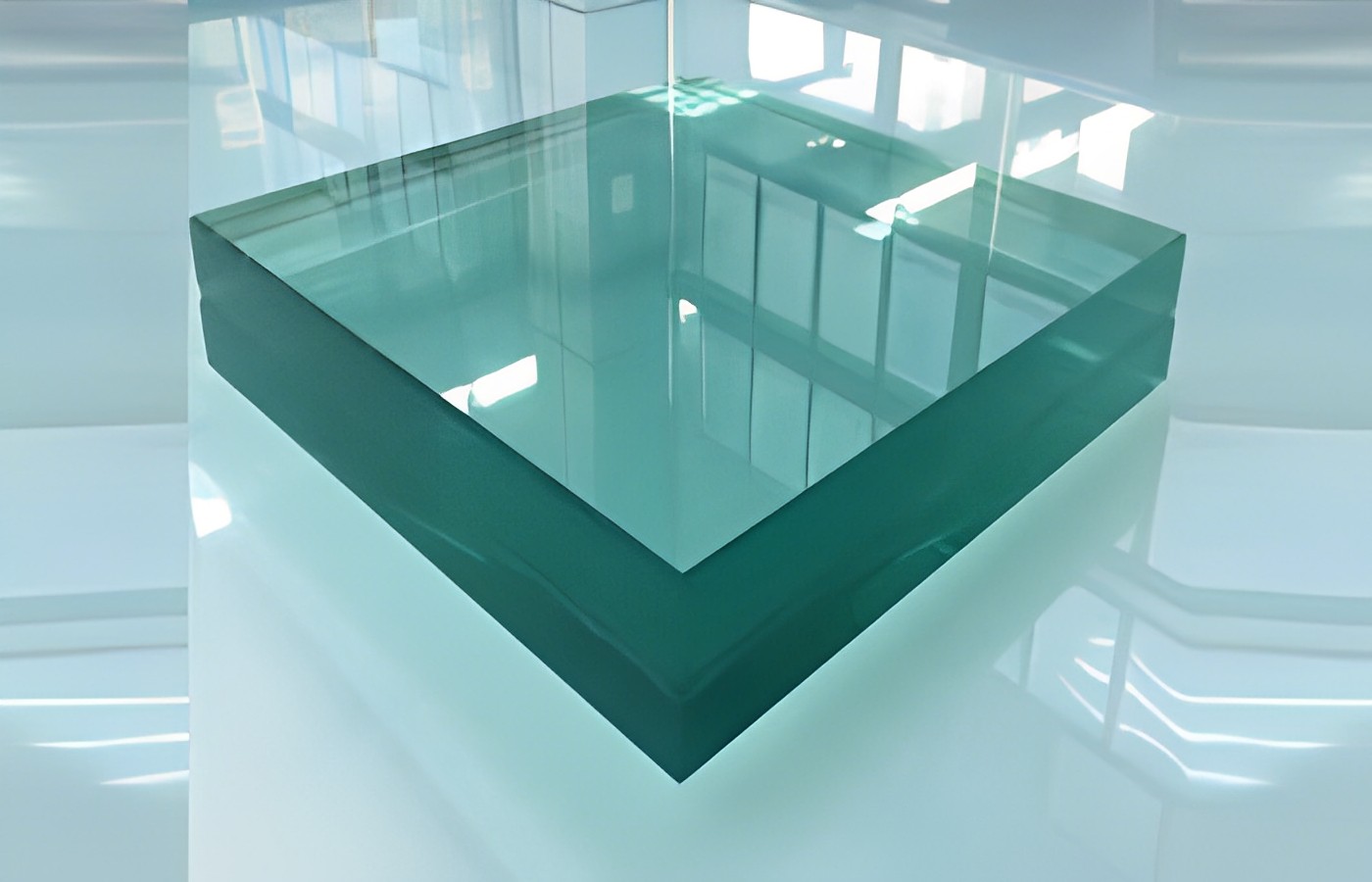
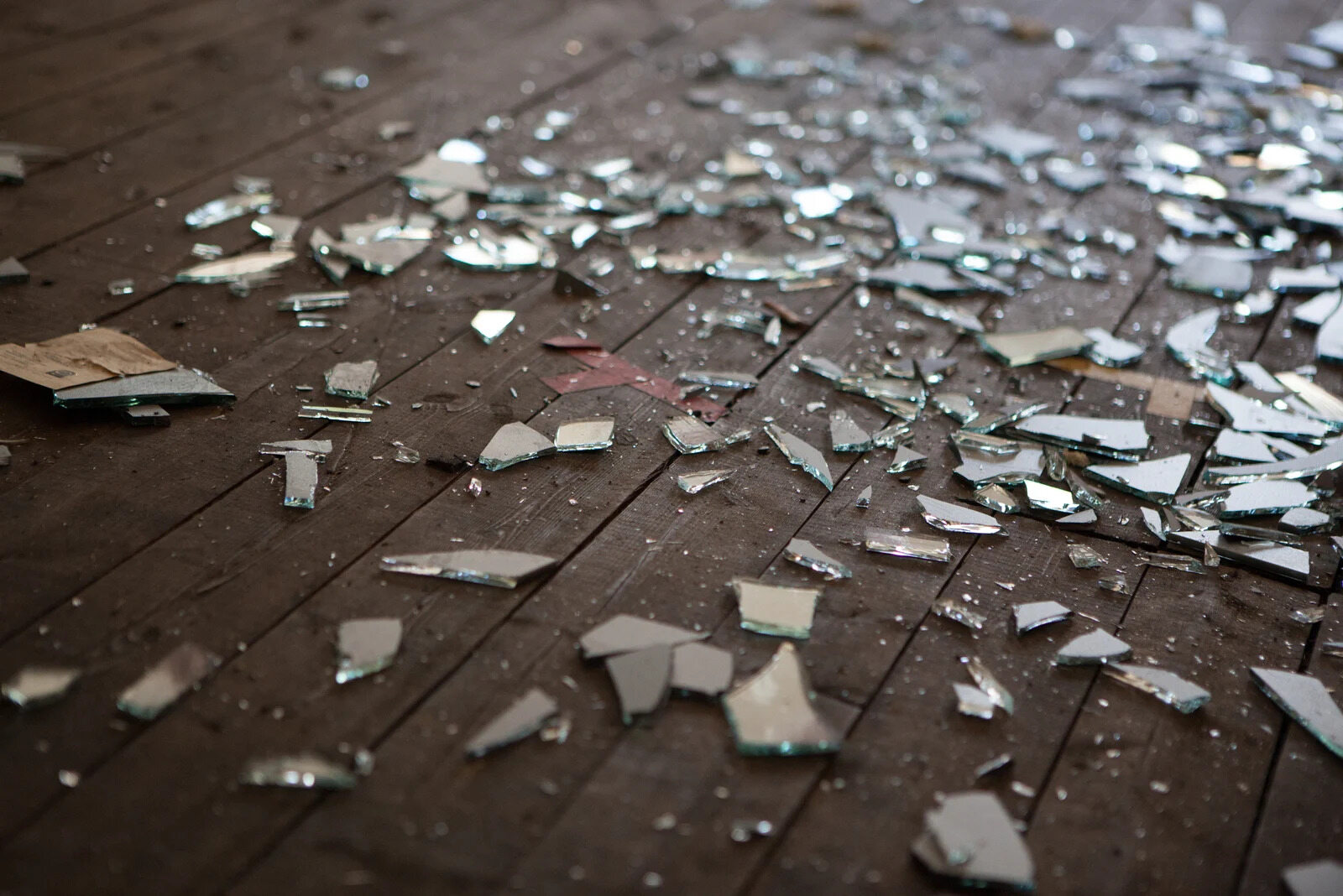

0 thoughts on “What Note Breaks Glass”